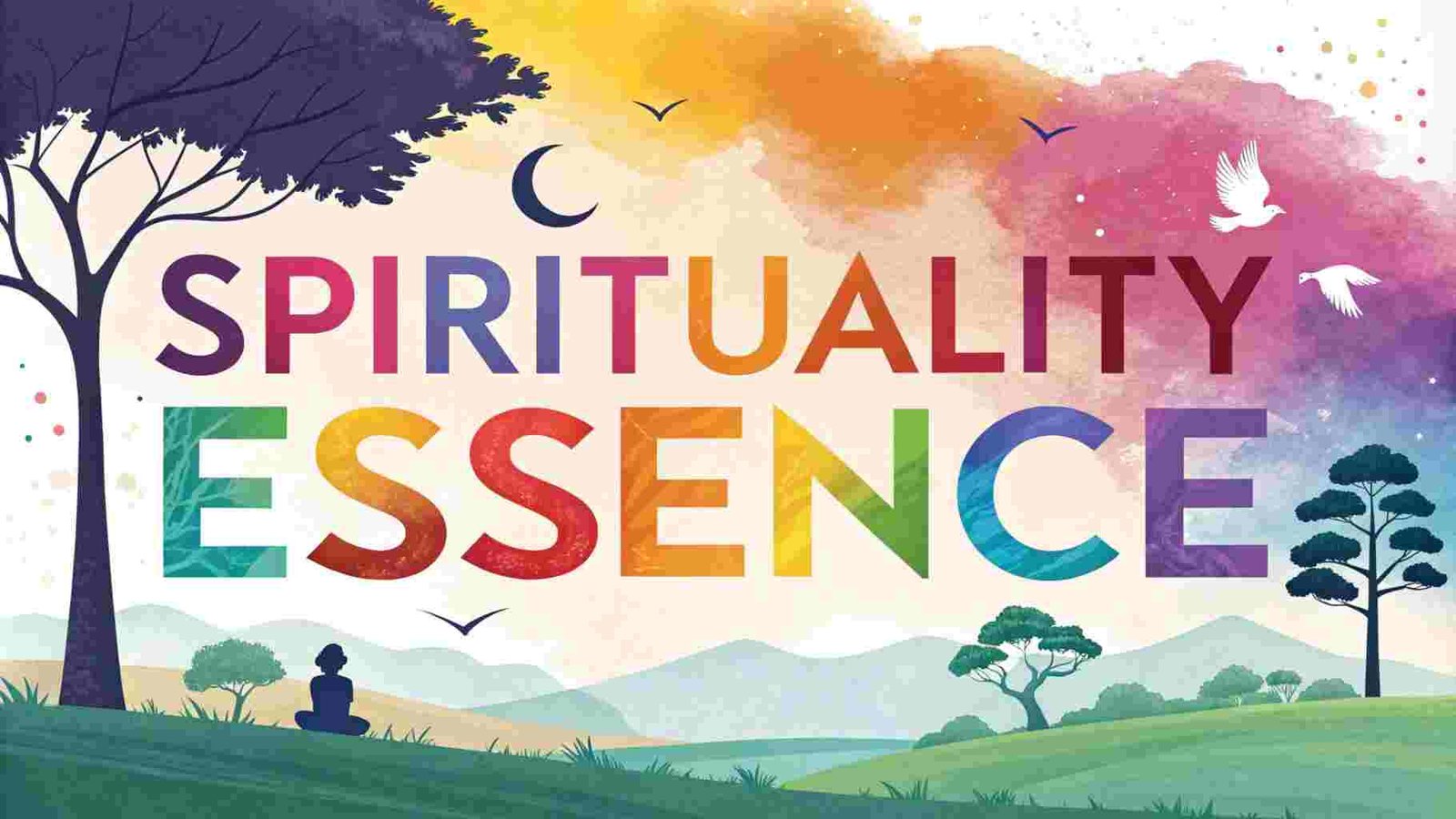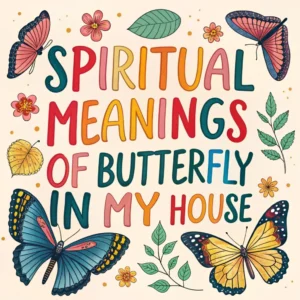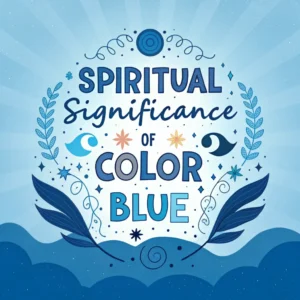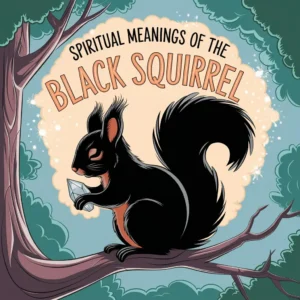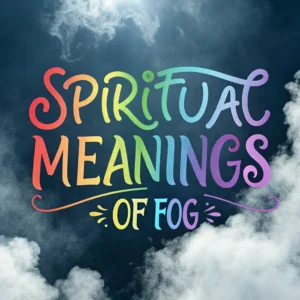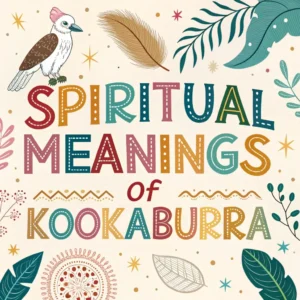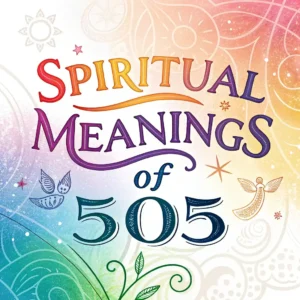Have you ever wondered why some people eat flat, simple bread during special times? That’s unleavened bread, and it’s more than just food—it’s packed with meaning!
Imagine a bread that tells stories of freedom, purity, and even Jesus. Cool, right? In this blog, we’ll dive into what unleavened bread means in a spiritual way.
We’ll explore how it shows up in the Bible, why it matters to Jewish and Christian folks, and how it can make us think about our own lives.
Stick around because this flat bread has some big lessons to share, and I promise it’s easy to understand and super interesting!
In a Nutshell

- Unleavened bread means purity. It has no yeast, which some people say stands for sin. So, it’s a clean, simple bread.
- It’s tied to Passover. Jewish people eat it to remember how they escaped Egypt super fast—no time for yeast!
- Jesus used it too. In the Bible, Jesus broke unleavened bread at the Last Supper. It shows his body and sacrifice.
- It’s about freedom. This bread reminds us of leaving bad things behind, like slavery or mistakes.
- Christians see it as holy. Many use it in Communion to feel close to Jesus and his pure life.
- It teaches humility. Unleavened bread is plain and simple, not fancy. It’s a lesson to stay humble.
- You can think about it today. Eating or learning about this bread can help us focus on good choices.
What Is Unleavened Bread?
Unleavened bread is super simple. It’s made with flour and water, and that’s it—no yeast or stuff to make it puff up. Think of it like a flat pancake or cracker.
People have eaten it for thousands of years, especially during special times. In the Bible, it shows up a lot because it’s different from fluffy, yeasty bread.
Why no yeast? Yeast makes bread rise, but it takes time. Unleavened bread is quick to make. Long ago, people needed fast food when they were on the move. It’s practical, but it also has a deeper meaning.
Many say yeast is like sin—it spreads and grows. So, unleavened bread stands for purity. It’s clean and honest, with nothing extra hiding in it.
Today, you might eat it as matzah if you’re Jewish or as a wafer in church if you’re Christian. Either way, it’s not just bread—it’s a symbol. Pretty neat for something so basic, huh?
Unleavened Bread in the Bible
The Bible loves talking about unleavened bread! It starts in the Old Testament with a big story. In Exodus 12, God tells the Israelites to eat this bread during Passover.
They were leaving Egypt, where they were slaves. They had to move fast, so their bread didn’t rise. God said, “Eat unleavened bread for seven days to remember this.”
Later, in the New Testament, Jesus uses it too. At the Last Supper (Luke 22:19), he breaks unleavened bread and says, “This is my body.” Christians think this is huge because it ties to his sacrifice. The bread shows Jesus was pure, with no sin, just like unleavened bread has no yeast.
The Bible uses this bread to teach us. It’s about leaving bad things behind and staying good. Next time you read the Bible, look for unleavened bread—it’s everywhere!
Why Passover Loves Unleavened Bread
Passover is a Jewish holiday, and unleavened bread is the star! It happens every spring to remember when the Israelites escaped Egypt. The story goes like this: they were slaves, and God sent Moses to free them. When they finally left, they ran so fast they couldn’t wait for bread to rise.
Exodus 12:15 says, “Eat unleavened bread for seven days.” They call it matzah now. It’s a reminder of freedom—no more slavery! Jewish families clean out yeast from their homes before Passover. That’s because yeast can mean sin or old, bad habits. Getting rid of it is like starting fresh.
Kids even play a game to find hidden yeast during Passover prep. It’s fun, but it also teaches them to think about being free and good. Unleavened bread makes Passover special and meaningful.
Jesus and the Last Supper
Here’s where unleavened bread gets really exciting for Christians. Jesus ate it at the Last Supper with his friends. This was during Passover, so the bread was unleavened—flat and simple. In Luke 22:19, Jesus takes the bread, breaks it, and says, “This is my body, given for you.”
Why does this matter? Christians believe Jesus died to save people from sin. The unleavened bread shows he was perfect—no sin at all. It’s like a picture of his life. When Christians eat it in Communion, they remember Jesus and feel close to him.
The Last Supper turns unleavened bread into a big deal. It’s not just about escaping Egypt anymore—it’s about Jesus giving hope and love. Pretty amazing for a little piece of bread!
Purity and Unleavened Bread
Unleavened bread is all about being pure. Yeast makes bread fluffy, but it also changes it. In the Bible, yeast often means sin because it spreads fast (1 Corinthians 5:6). So, no yeast means no sin. Unleavened bread is clean and simple.
Jewish people remove yeast from their homes for Passover to show they want pure lives. Christians see Jesus as pure too, and the bread in Communion reminds them of that. It’s a way to say, “I want to be good too!”
Think of it like cleaning your room. You toss out junk to make it nice. Unleavened bread is like that for your heart—it helps you focus on what’s good and true. Isn’t that a cool way to think about bread?
Freedom and Leaving Bad Stuff Behind
Unleavened bread screams freedom! For Jewish people, it’s about escaping slavery in Egypt. They left so fast their bread stayed flat (Exodus 12:39). It’s a symbol of breaking free from tough times.
Christians take it further. They say Jesus helps them leave sin behind, like the Israelites left Egypt. The bread in Communion reminds them of that freedom. It’s like a fresh start every time they eat it.
Imagine you’re stuck doing something you don’t like. Then you get free! Unleavened bread is that feeling in food form. It’s a happy reminder that you can leave bad things and start over. How awesome is that?
Humility in a Simple Bread
Unleavened bread isn’t fancy. It’s flat, plain, and basic—no fluff or extras. That’s why it teaches humility. It says, “You don’t need to be big or loud to matter.” Jesus was humble too, and this bread fits him perfectly.
In Jewish homes during Passover, matzah isn’t showy like cake. It’s simple, reminding people to stay grounded. Christians eat it in church to think about Jesus’ quiet strength. Humility is powerful, and this bread shows it.
Next time you see unleavened bread, think about being kind and simple. It’s a little lesson baked right in. Who knew bread could teach us so much?
Unleavened Bread in Church Today
Lots of churches use unleavened bread today, especially for Communion. It’s usually a small wafer or cracker. Why? Because it ties back to Jesus and the Last Supper. It helps people feel close to him.
Some churches use fluffy bread instead, but many stick with the flat kind. They say it shows Jesus’ pure life—no sin, no yeast. It’s a special moment when they eat it together. Everyone remembers what Jesus did.
If you go to church, you might try it someday. It’s not about taste—it’s about meaning. Unleavened bread keeps the old stories alive in a yummy way!
What Yeast Means in the Bible
Yeast isn’t just for baking—it’s a symbol in the Bible. Jesus says in Matthew 16:6, “Watch out for the yeast of the Pharisees.” He means their bad ideas spread like yeast in dough. Yeast often stands for sin because it grows fast.
In 1 Corinthians 5:7, Paul says, “Get rid of the old yeast.” He wants people to live pure lives. Unleavened bread has no yeast, so it’s the opposite—clean and good. It’s a fun way to think about right and wrong.
When you eat unleavened bread, it’s like saying no to bad stuff. The Bible uses yeast and bread to teach us big lessons in a simple way.
How Unleavened Bread Helps Us Today
Unleavened bread isn’t just old news—it’s for us now too! You don’t have to eat it to get its message. It makes us think about purity, freedom, and being humble. That’s stuff we can use every day.
Try this: imagine tossing out bad habits like the Israelites tossed out yeast. It feels good to start fresh! Or think about Jesus’ love when you see flat bread. It’s a reminder to be kind and strong.
You could even make unleavened bread at home—just flour and water. It’s easy and fun, and it helps you feel connected to these big ideas. How cool is that?
FAQs
What does unleavened bread taste like?
It’s plain and a little dry, like a cracker. No yeast means no fluff or big flavor, but it’s special for its meaning, not its taste.
Why don’t we use yeast in unleavened bread?
Yeast takes time to rise, and the Israelites didn’t have time when they left Egypt. Plus, yeast can mean sin, so no yeast keeps it pure.
Can I make unleavened bread at home?
Yes! Mix flour and water, roll it flat, and bake it. It’s super easy and quick—no waiting around.
Why do Christians use it in Communion?
They use it because Jesus did at the Last Supper. It shows his pure life and sacrifice for everyone.
Is unleavened bread healthy?
It’s simple—just flour and water—so it’s not unhealthy. But it’s not fancy or full of extras like some breads.

Hello, I’m Zephyra, your guide at SpiritualityEssence.com. I’m passionate about uncovering life’s mysteries and sharing transformative insights. Let’s explore mindfulness, ancient rituals, and the path to a more awakened life together. Join me on this spiritual journey!
